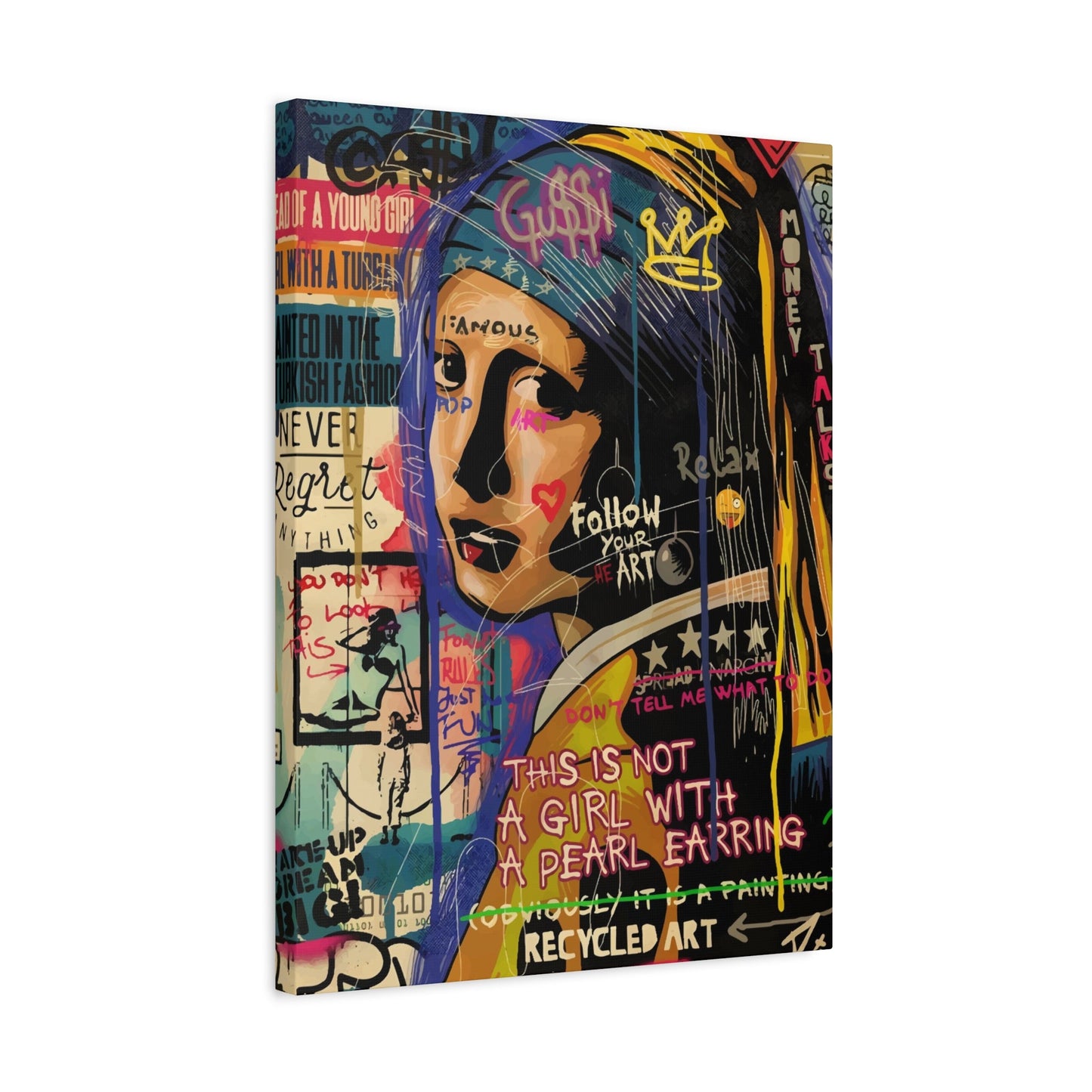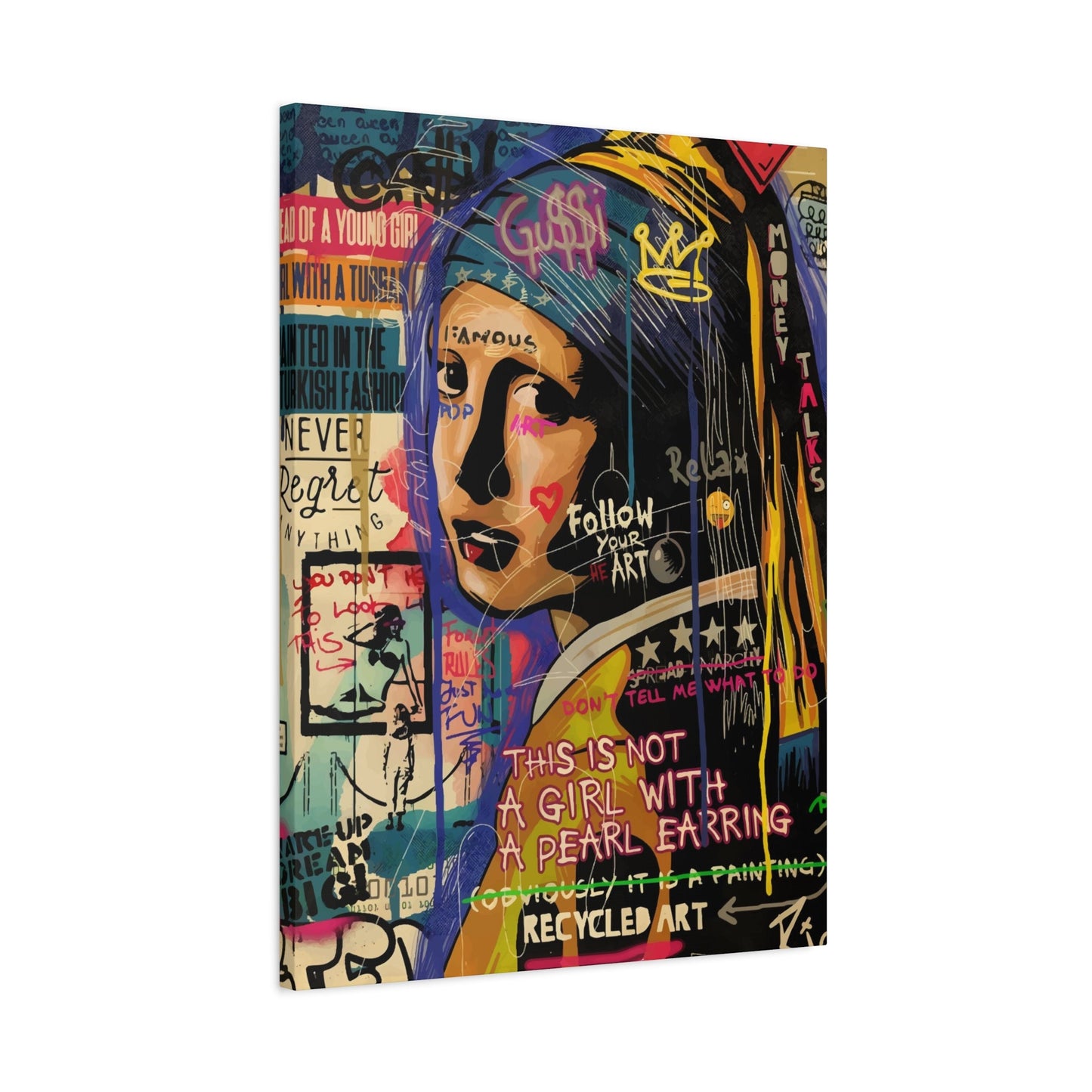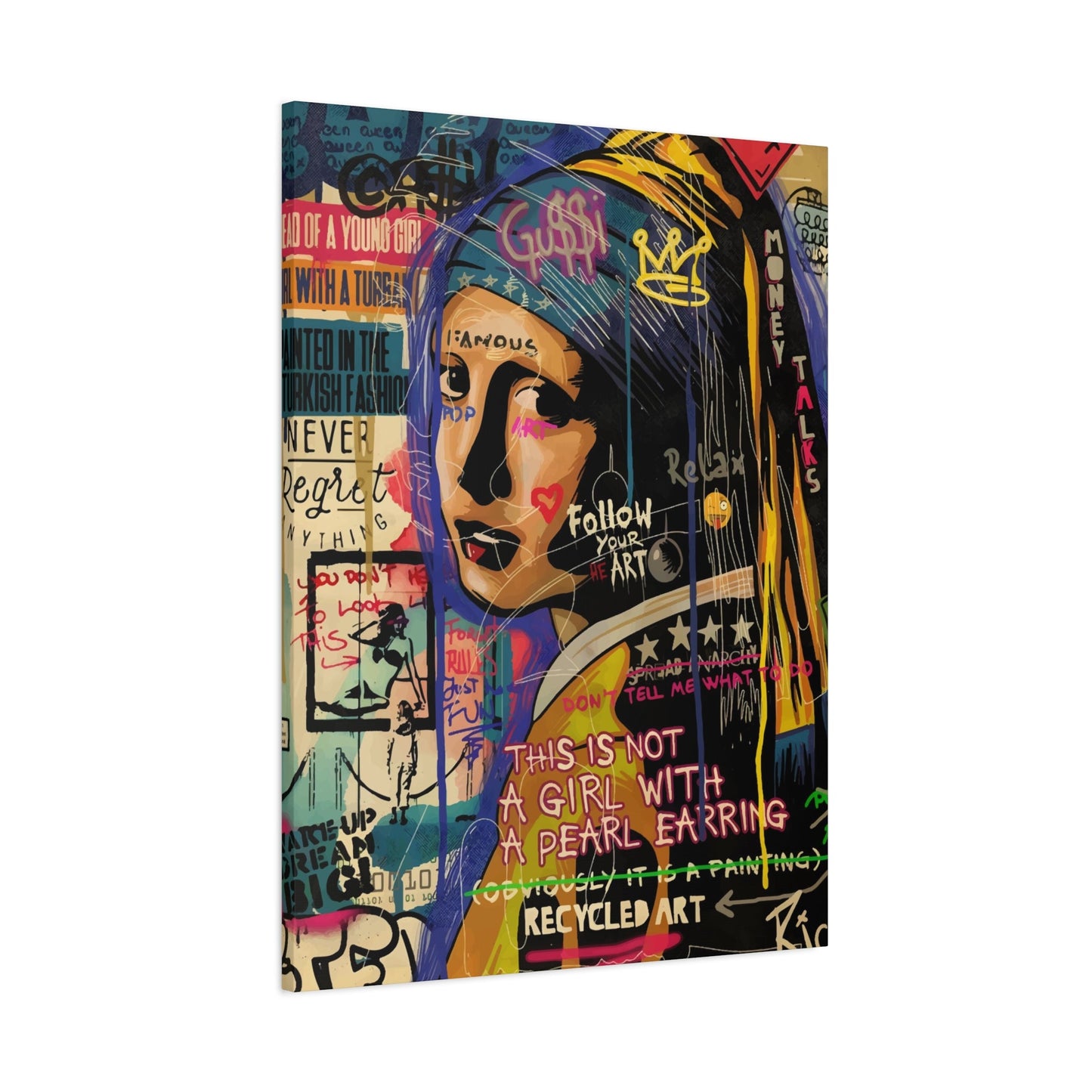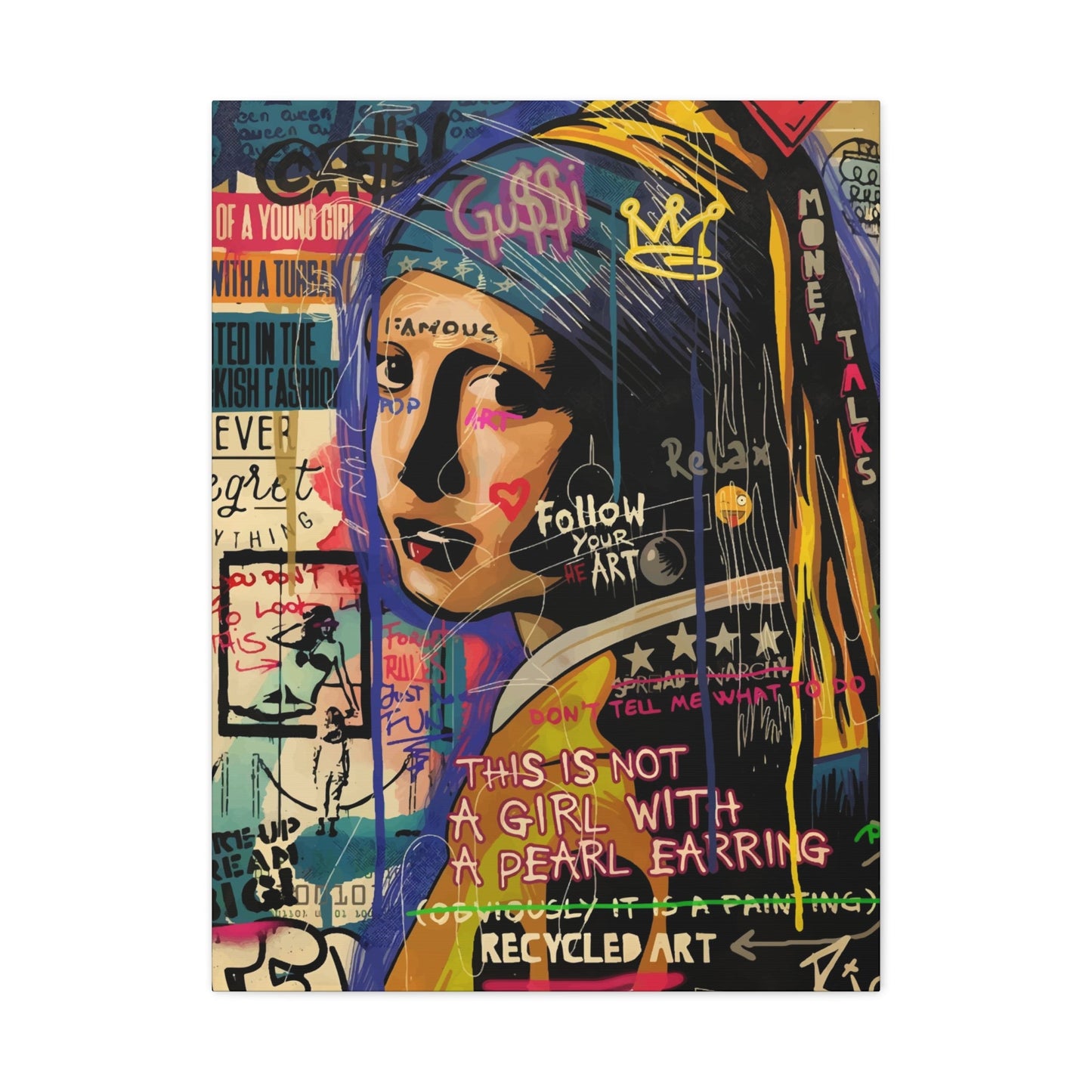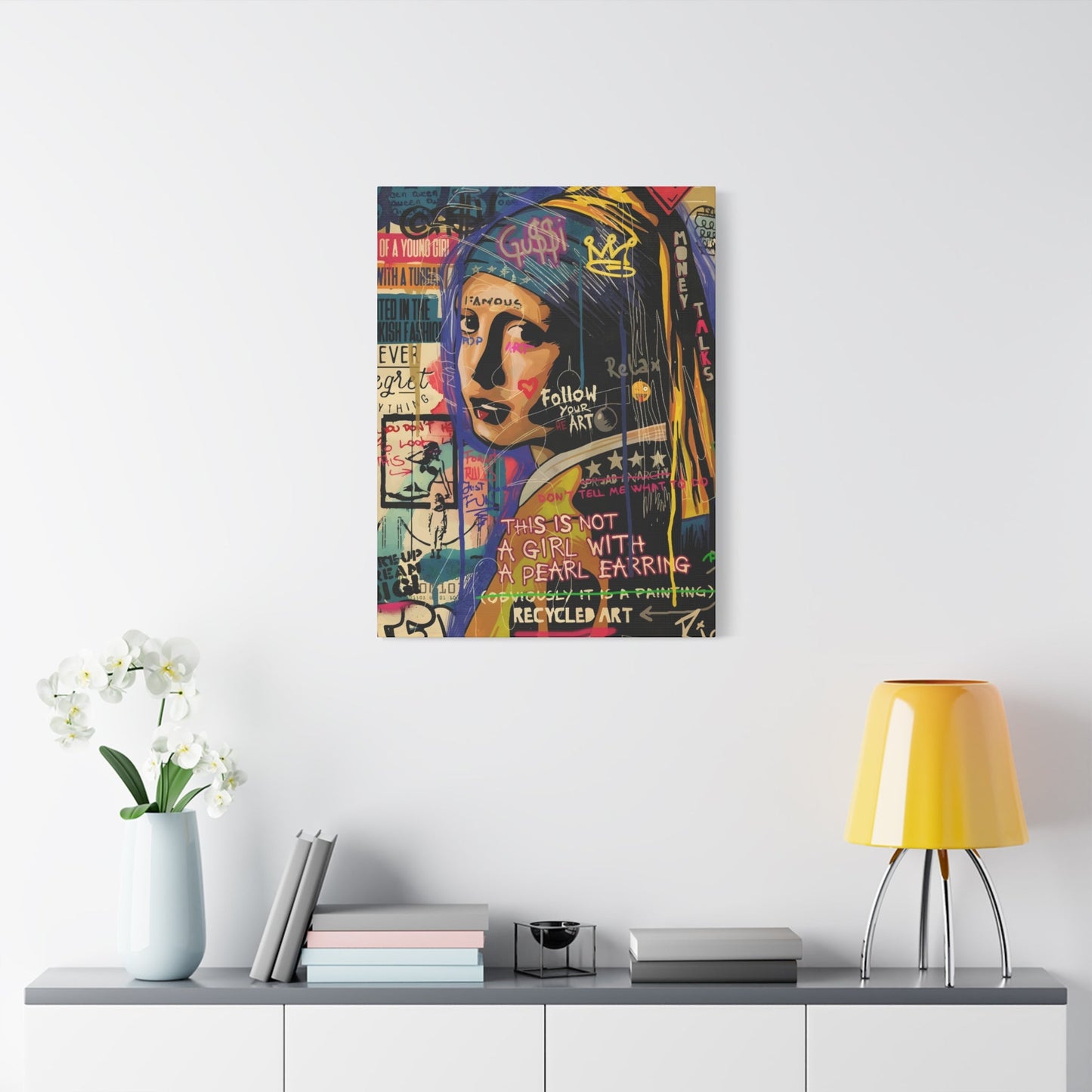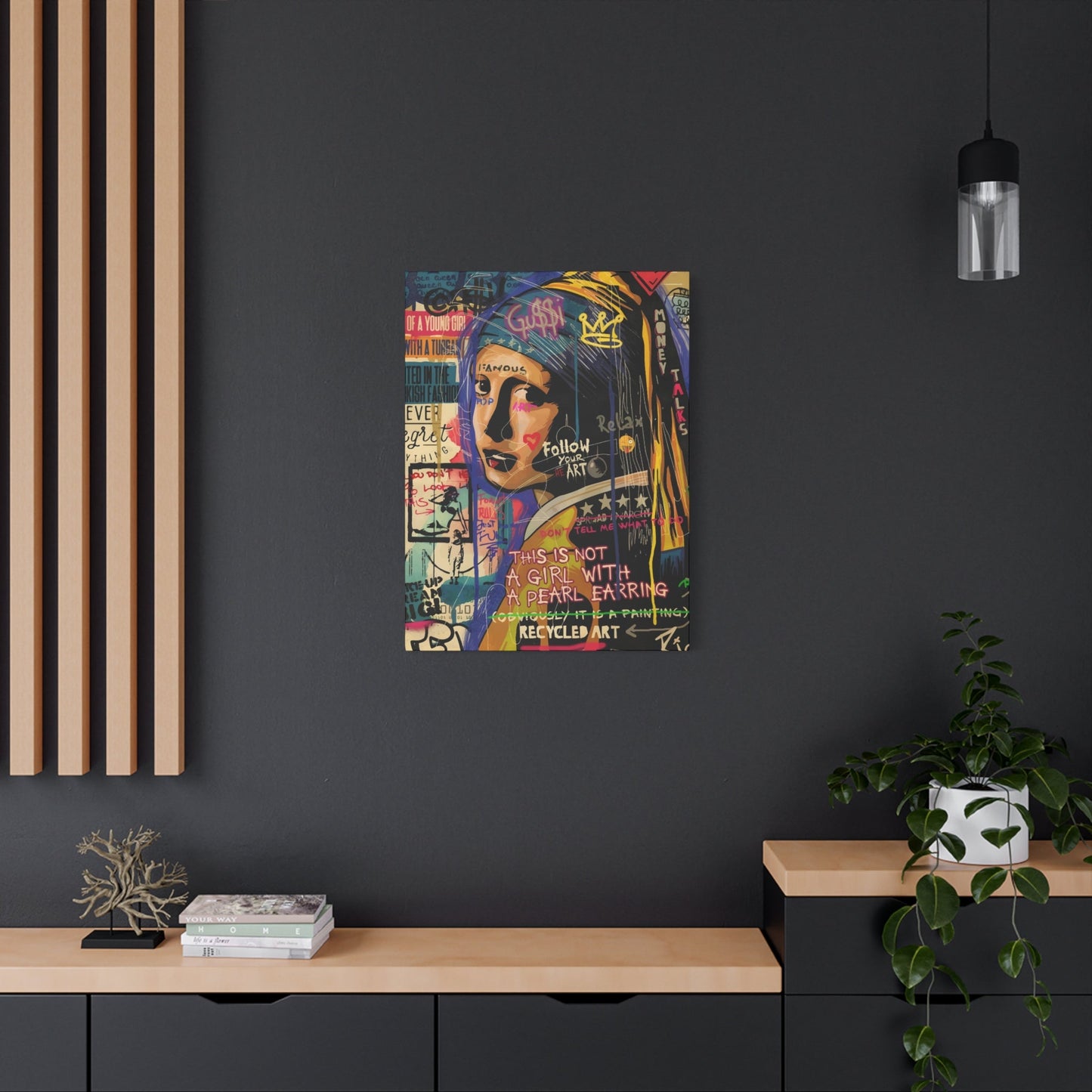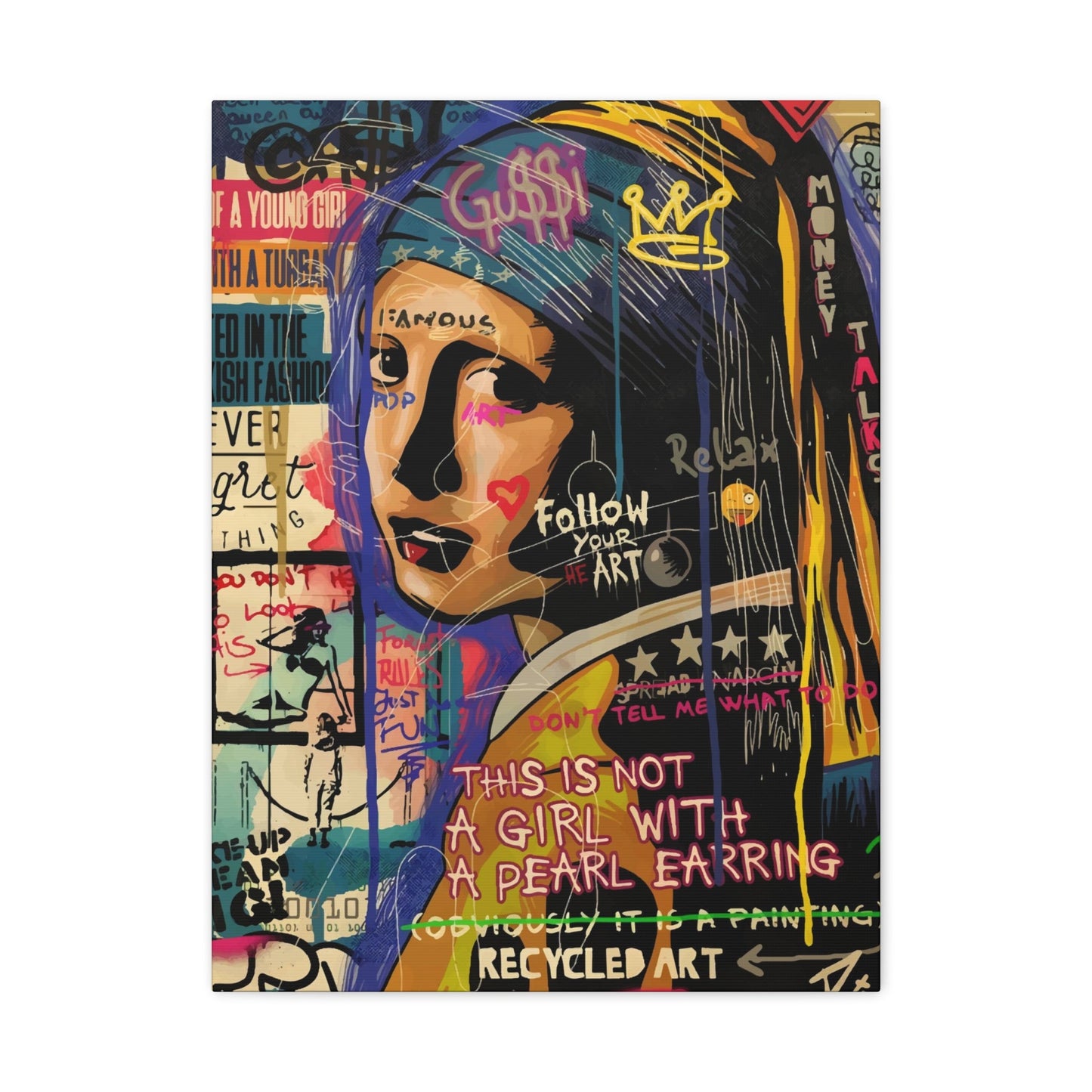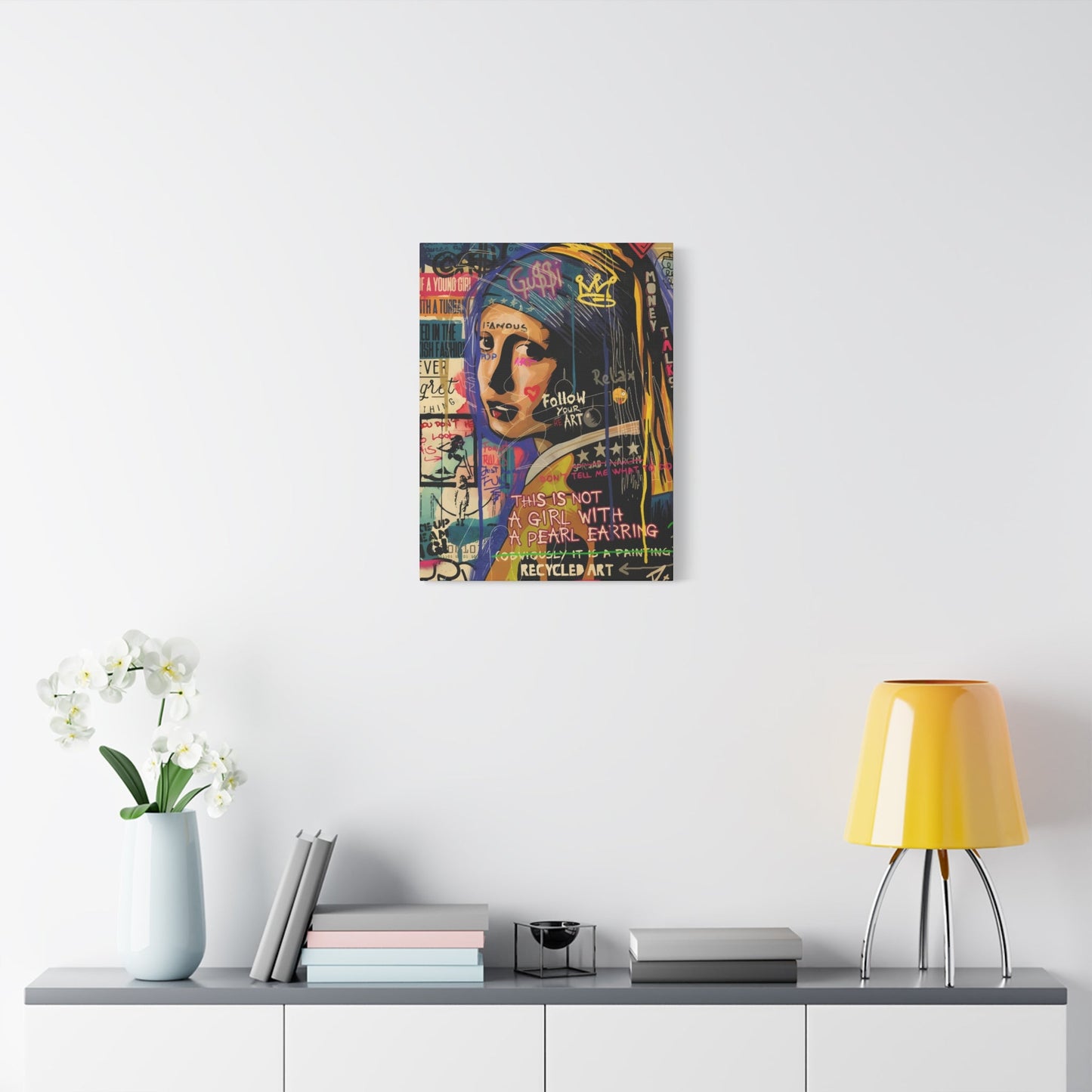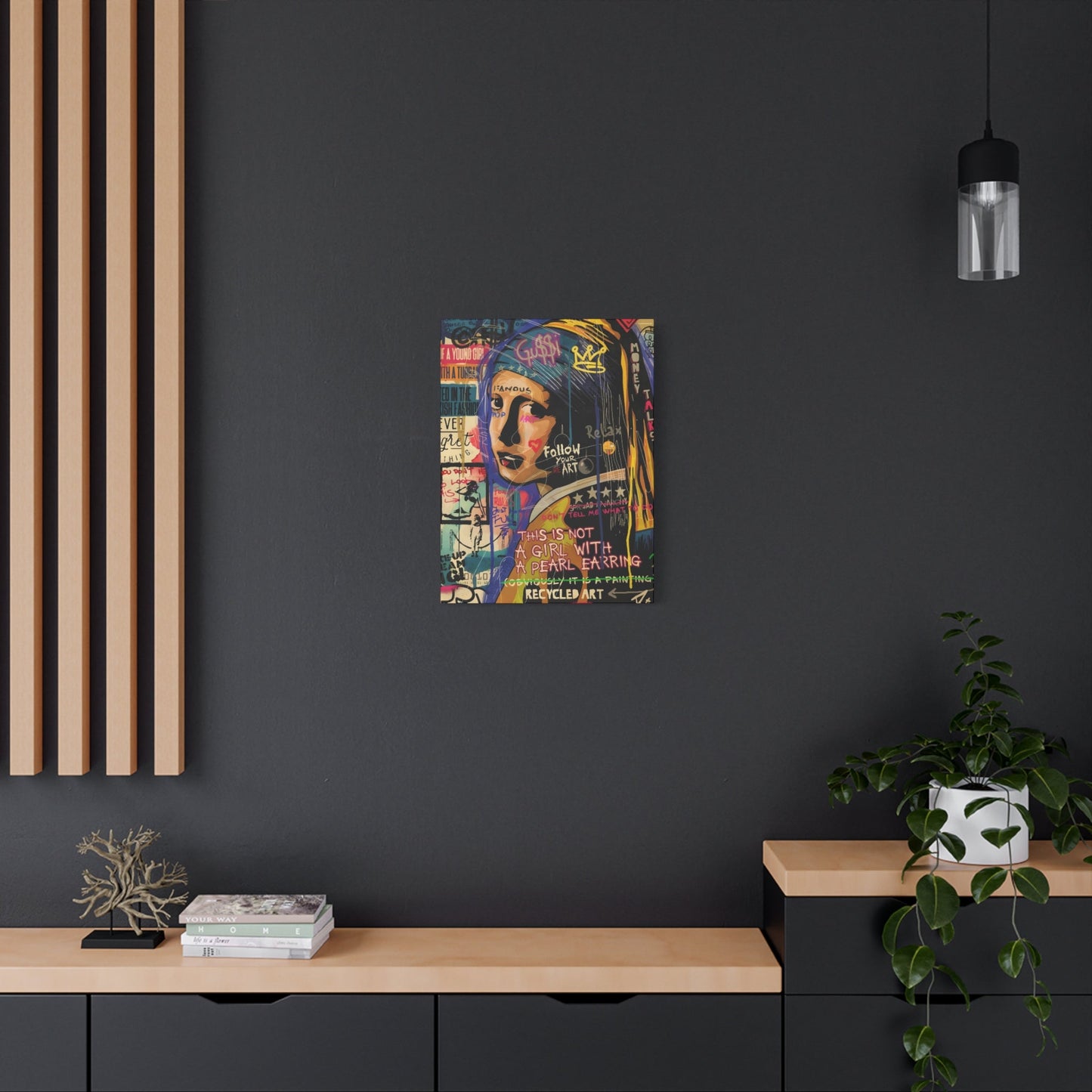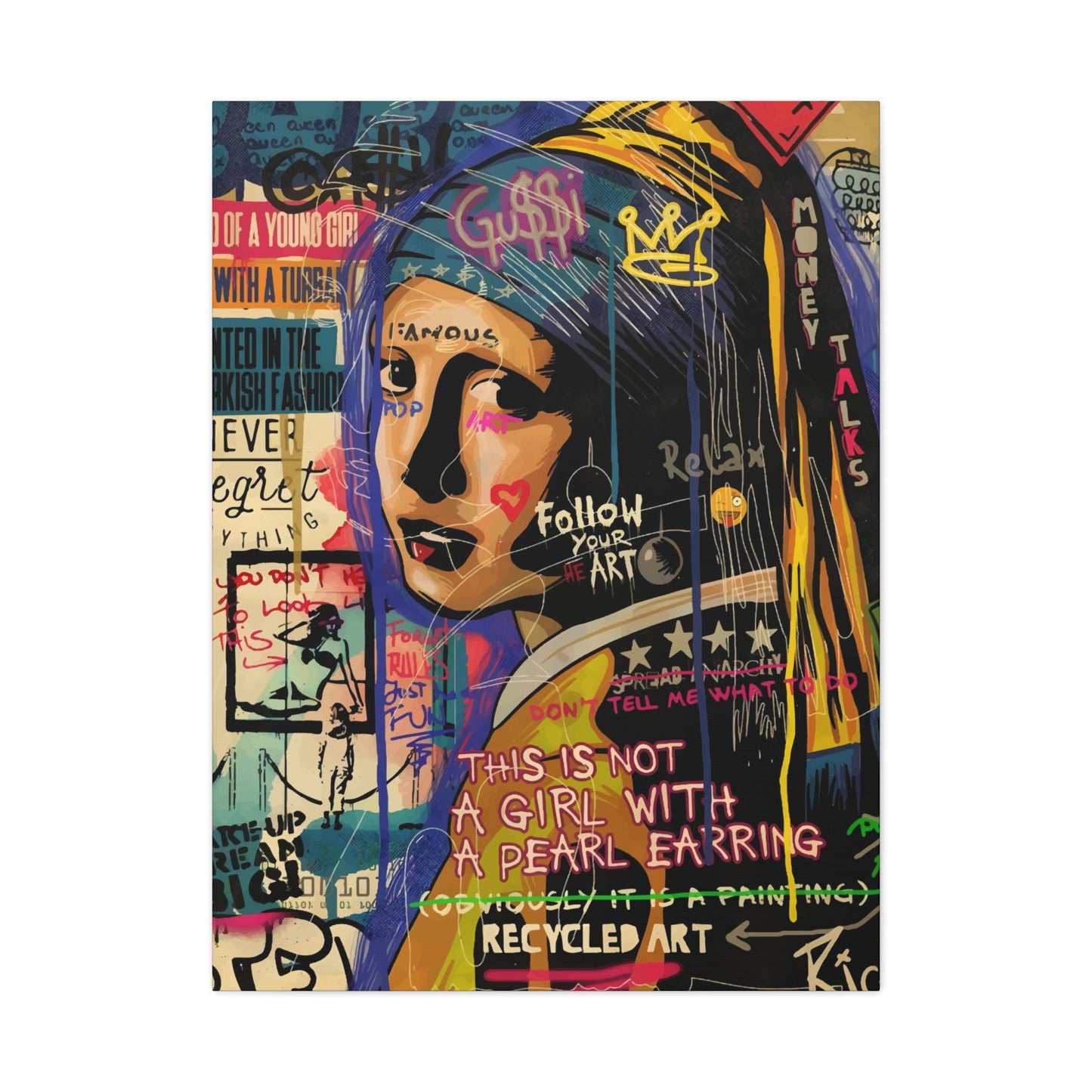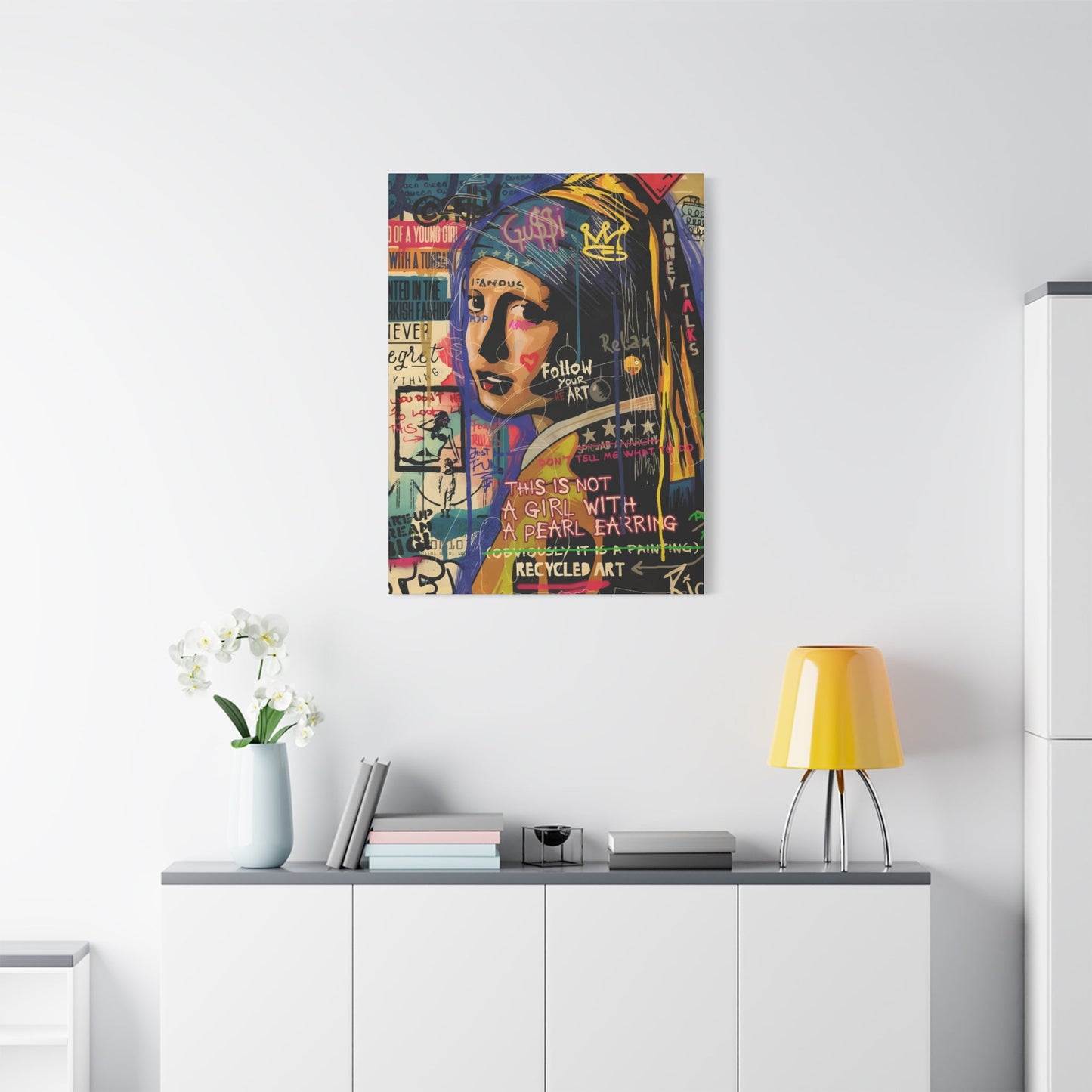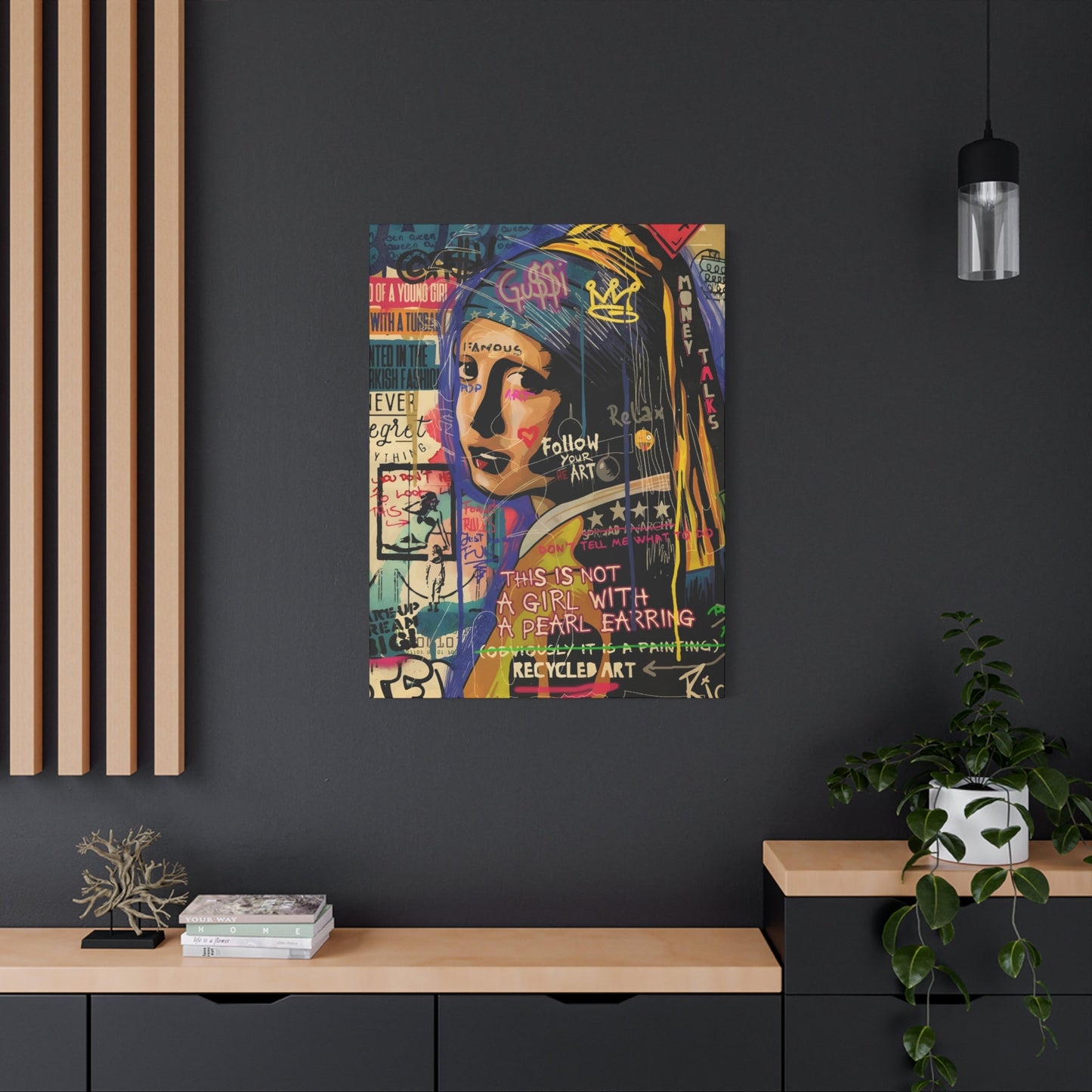Street Wall Art: A Complete Guide to Urban Expression and Vibrant Cultural Movement
Street wall art has evolved from rebellious markings on city surfaces to a celebrated form of artistic expression that captivates millions worldwide. This dynamic art form brings color, meaning, and visual storytelling to concrete jungles, transforming ordinary buildings into extraordinary canvases. From massive murals spanning entire building facades to intricate stenciled messages tucked away in hidden alleys, this creative movement represents voices, cultures, and perspectives that might otherwise go unheard. The phenomenon has grown beyond simple graffiti tags into sophisticated artistic statements that challenge perceptions, beautify communities, and spark important conversations about society, politics, and human experience.
The journey of street wall art from underground counterculture to mainstream appreciation reflects broader shifts in how we value public art and community expression. What was once dismissed as vandalism is now recognized as legitimate artistic practice, with pieces commanding significant attention from collectors, museums, and cultural institutions. Cities that once spent millions removing unauthorized artwork now commission artists to create permanent installations that attract tourists and boost local economies. This transformation speaks to the power of visual communication and the universal human need for beauty, meaning, and connection in our everyday environments.
As urban populations continue growing and cities become increasingly homogenized through corporate development, street wall art serves as a vital counterbalance, injecting personality, local character, and human warmth into otherwise sterile architectural landscapes. The movement democratizes art, making it accessible to everyone rather than confined behind museum walls or gallery doors. Anyone walking down a street can encounter powerful imagery, thought-provoking messages, or stunning visual compositions without paying admission fees or navigating exclusive art world institutions. This accessibility fundamentally changes the relationship between art and audience, creating opportunities for spontaneous engagement and community dialogue.
The Evolution and Rising Prominence of Urban Street Wall Art
The contemporary street wall art movement traces its roots back several decades, emerging from various underground subcultures that sought to reclaim public environments and make personal marks on the urban landscape. Early practitioners worked under cover of darkness, armed with spray cans and markers, creating tags and simple designs that asserted their presence in increasingly anonymous city environments. These initial efforts, while often dismissed by authorities and property owners, laid groundwork for what would become a global phenomenon affecting how we think about public art, community identity, and urban aesthetics.
Throughout the 1970s and 1980s, cities like New York, London, and Paris witnessed explosive growth in unauthorized artwork appearing on subway cars, building walls, and other public surfaces. Young artists developed distinctive styles, techniques, and visual languages that communicated within their communities while simultaneously challenging mainstream artistic conventions. The subway system in New York became a moving gallery where artists could showcase their work to thousands of daily commuters, creating a democratic art experience that transcended traditional exhibition venues. Despite aggressive cleanup campaigns and legal consequences, the movement continued growing, fueled by artists' determination to express themselves and contribute to their urban environments.
The 1990s brought significant shifts as some cities began recognizing potential value in street wall art beyond its reputation as mere vandalism. Community leaders noticed that well-executed murals could deter additional unwanted markings while simultaneously beautifying neglected neighborhoods. Artists gained opportunities to work legally on designated walls, creating more elaborate and time-intensive pieces than quick illegal installations allowed. This legitimization process created tension within the community, with some practitioners viewing sanctioned work as compromising the movement's rebellious spirit while others welcomed opportunities to create without legal risk and with more time for artistic development.
As the new millennium arrived, street wall art experienced unprecedented mainstream acceptance and commercial success. Major brands began incorporating street aesthetics into advertising campaigns, museums mounted exhibitions celebrating urban artists, and galleries started representing practitioners who had previously worked exclusively in unauthorized public venues. Cities developed formal programs supporting mural creation, recognizing that thoughtfully executed artwork could increase property values, attract cultural tourism, and foster community pride. This institutionalization brought resources and recognition to talented artists while simultaneously raising questions about authenticity, commercialization, and the movement's core values.
The digital age has profoundly impacted street wall art, enabling artists to document and share their work globally through social media platforms. A piece created in Melbourne can inspire artists in Mexico City within hours, facilitating unprecedented cross-cultural exchange and stylistic evolution. Instagram, in particular, has become a virtual gallery where millions of followers can discover new artists and appreciate works they might never encounter in person. This digital dimension has created new opportunities for artists to build international reputations, secure commissions, and connect with audiences far beyond their local communities, fundamentally changing the economics and reach of the movement.
Contemporary street wall art encompasses incredible diversity, from photorealistic portraits that capture intimate human emotions to geometric abstractions that play with perspective and architectural features. Artists employ varied techniques including traditional spray paint, wheat paste posters, stencils, mosaic tiles, yarn bombing, and even living plants to create temporary or permanent installations. This technical variety reflects the movement's evolution from simple tagging to sophisticated artistic practice requiring skill, planning, and often considerable physical courage. The range of approaches ensures that street wall art remains fresh, surprising, and capable of engaging diverse audiences with different aesthetic preferences.
The rising prominence of street wall art has also generated important economic impacts for urban communities. Cities with thriving street art scenes attract cultural tourists who specifically seek out famous murals and emerging artists, generating revenue for local businesses and creating jobs related to art tourism. Neighborhoods known for concentration of quality artwork experience increased foot traffic, which benefits restaurants, shops, and other commercial establishments. Property owners increasingly commission murals as investments, recognizing that distinctive artwork can differentiate their buildings, attract desirable tenants, and potentially increase property values. This economic dimension has helped legitimize the movement in the eyes of civic leaders and business communities.
Educational institutions have increasingly recognized street wall art as worthy of serious academic study, offering courses that examine its history, techniques, cultural significance, and social impact. Students analyze how visual imagery communicates political messages, challenges power structures, and builds community identity. Art schools teach techniques specific to large-scale outdoor work, preparing emerging artists for careers that might include both unauthorized and commissioned projects. This academic attention validates the movement while also subjecting it to critical analysis that can deepen our appreciation for its complexities and contradictions.
Despite widespread acceptance, street wall art continues generating controversy and debate. Property rights advocates argue that unauthorized artwork constitutes vandalism regardless of aesthetic merit, violating owners' control over their buildings. Some community members object to content they find offensive, inappropriate, or inconsistent with neighborhood character. Questions persist about who decides what art belongs in public view, how to balance artistic freedom with community standards, and whether commercial success compromises the movement's authentic spirit. These ongoing tensions reflect broader societal debates about public resources, cultural expression, and competing visions for urban environments.
The Power and Psychology of Bold Colors in Urban Artwork
Color represents one of the most immediately striking elements of street wall art, with many pieces employing intensely saturated hues that command attention from blocks away. Artists working on urban surfaces often choose bold, high-contrast color palettes that can compete with the visual noise of busy city environments filled with traffic, signage, and architectural clutter. These vibrant choices serve practical functions, ensuring visibility and impact, while also expressing emotional intensity and cultural vitality. The psychology of color plays a crucial role in how viewers respond to street artwork, with different hues triggering specific emotional responses and carrying cultural associations that add layers of meaning to visual compositions.
Bright reds, oranges, and yellows dominate many street wall art pieces, creating warm palettes that convey energy, passion, and urgency. These warm tones naturally draw the eye and create emotional activation in viewers, making them ideal for artwork intended to provoke strong reactions or communicate important messages. Red, in particular, carries associations with both danger and love, revolution and celebration, depending on context and cultural background. Artists leveraging these warm tones tap into deep psychological responses that transcend language barriers, communicating viscerally before intellectual interpretation even begins. The boldness of these choices reflects street art's roots in rebellion and its ongoing commitment to making statements that cannot be ignored.
Cool blues, purples, and greens appear frequently in street wall art as well, often creating calming counterpoints to urban chaos or establishing mysterious, contemplative moods. Deep blues suggest depth, infinity, and spirituality, while vibrant teals and turquoises bring associations with tropical waters and exotic locations that offer psychological escape from concrete surroundings. Green connects viewers to nature, growth, and renewal, providing welcome organic references in heavily built environments. Artists skillfully manipulate these cooler tones to create emotional variety within pieces, using color temperature shifts to guide viewer attention and create dynamic visual rhythms across large surfaces.
The contrast between light and dark tones creates dramatic visual impact in street wall art, with many pieces employing stark black outlines against vivid colors or white highlights that make forms pop from their backgrounds. This high-contrast approach draws from comic book aesthetics, stencil techniques, and the practical need to create legible imagery visible from significant distances. The interplay of light and shadow adds dimensionality to flat surfaces, creating illusions of depth and volume that engage viewers' perceptual systems. Artists working at large scales must consider how colors interact at various viewing distances, ensuring their palettes remain effective whether seen from across the street or examined up close.
Fluorescent and neon colors have become signature elements of contemporary street wall art, reflecting both technological possibilities and aesthetic preferences that embrace synthetic, artificial vibrancy. These intensely saturated hues create almost supernatural brilliance, especially when viewed under certain lighting conditions. The artificial quality of fluorescent colors connects to themes of urban modernity, technological advancement, and departure from natural references. Artists using these tones often create futuristic or surreal compositions that deliberately reject realistic representation in favor of heightened, exaggerated reality that matches the intensity of urban experience.
Cultural influences significantly shape color choices in street wall art, with artists drawing from traditional palettes associated with their heritage or local environment. Latin American street art often features warm, earthy tones alongside brilliant magentas, turquoises, and golds that reference indigenous textiles and colonial architecture. Pieces in Asian cities might incorporate reds and golds carrying cultural significance related to prosperity and celebration. African-influenced work frequently employs earth tones combined with vibrant accent colors reflecting traditional clothing and ceremonial decoration. These cultural color languages add depth and specificity to street artwork, grounding universal artistic practices in particular histories and traditions.
The practical considerations of outdoor painting significantly impact color selection, as artists must account for how weather, sunlight, and time affect their palettes. Certain pigments fade more quickly under ultraviolet exposure, requiring artists to choose fade-resistant formulations if they want their work to maintain vibrancy over years. Dark colors absorb more heat, which can affect paint application and durability on sun-exposed surfaces. Some artists intentionally embrace the aging process, creating pieces that will evolve as colors fade and surfaces weather, treating temporal change as part of the work rather than a problem to solve. This engagement with impermanence distinguishes street wall art from gallery work and reflects philosophical attitudes about time, change, and acceptance.
Color also serves functional purposes in terms of visibility and legibility, particularly for pieces containing text or specific messages artists want to communicate clearly. High contrast between background and foreground colors ensures readability from various distances and angles. Complementary color combinations create visual vibration that attracts attention, while analogous schemes provide harmony and flow that guide viewer eye movement across complex compositions. Artists trained in color theory apply these principles intuitively or deliberately, making sophisticated choices that enhance both aesthetic appeal and communicative effectiveness of their work.
Emotional resonance represents perhaps the most powerful aspect of color in street wall art, with artists using hue, saturation, and value to evoke specific feelings and create memorable experiences for passersby. A predominantly blue palette might inspire melancholy or serenity, while explosive combinations of orange and pink generate excitement and joy. The emotional dimension of color operates somewhat universally while also carrying culturally specific associations that add complexity to interpretation. Artists attuned to these nuances craft color stories that resonate emotionally with diverse audiences, creating connections that transcend verbal communication and appeal directly to human sensory and emotional systems.
The contrast between colorful street wall art and typical urban color schemes creates much of the impact these pieces generate. Most city buildings employ neutral grays, browns, and whites that recede into visual background, making concentrated bursts of color especially striking and memorable. This contrast serves artists' goals of capturing attention and creating moments of visual surprise that interrupt routine daily experiences. The joyful rebellion of introducing unexpected color into drab environments embodies much of what makes street wall art culturally significant, offering gifts of beauty and stimulation to communities that might otherwise lack access to enriching artistic experiences.
Legendary Artists Who Shaped Street Wall Art Culture
The history of street wall art includes numerous pioneering artists whose innovations, distinctive styles, and bold approaches elevated the medium from underground practice to internationally recognized art form. These cultural figures took significant personal and legal risks to develop their visions, often working under challenging conditions with limited resources while facing potential arrest and community criticism. Their persistence, creativity, and commitment to authentic expression inspired countless followers and helped establish visual languages and techniques that continue influencing contemporary practitioners worldwide. Examining their contributions provides insight into how artistic movements develop, how individual vision shapes cultural evolution, and how underground practices can eventually achieve mainstream recognition.
Banksy stands as perhaps the most widely recognized name in street wall art, despite maintaining strict anonymity that adds mystique to an already compelling body of work. This British artist's satirical stenciled images combine dark humor with sharp political and social commentary, addressing topics including war, capitalism, surveillance, and environmental destruction. Banksy's pieces often appear overnight in unexpected locations, creating global media buzz and sparking conversations about the issues they address. The artist's ability to condense complex ideas into immediately legible visual statements demonstrates masterful understanding of both composition and cultural communication. Works like "Girl with Balloon," "Rage, Flower Thrower," and various pieces critiquing consumerism have become iconic images recognized far beyond traditional art audiences.
The commercial success surrounding Banksy's work has generated significant controversy and philosophical questions about street art's relationship with market economics. Pieces originally created as unauthorized interventions now sell for millions at auction, with building owners removing entire walls to sell artwork never intended as commodity. Banksy has responded to this commercialization with characteristic wit, creating works that self-destruct after purchase or releasing prints at affordable prices to undermine exclusivity. The tension between anticapitalist messaging and extreme market value raises important questions about authenticity, artistic intention, and whether street art can maintain its rebellious spirit once absorbed by commercial art markets it originally opposed.
Shepard Fairey emerged from skateboarding culture to become one of the most influential contemporary artists, known initially for his ubiquitous "Obey Giant" sticker campaign that plastered cities worldwide with an enigmatic image of wrestler Andre the Giant. This guerrilla marketing approach introduced Fairey's work to massive audiences while raising questions about propaganda, advertising, and cultural saturation. His style incorporates bold graphics, limited color palettes, and imagery borrowed from propaganda posters, creating visually arresting work that examines power, authority, and media manipulation. The iconic "Hope" poster created for Barack Obama's 2008 presidential campaign brought Fairey unprecedented mainstream recognition while demonstrating how street art aesthetics could impact electoral politics and national culture.
Jean-Michel Basquiat began his artistic career creating cryptic poetic phrases and primitive drawings under the tag SAMO in downtown Manhattan during the late 1970s. His transition from street artist to celebrated gallery painter who collaborated with Andy Warhol represents a remarkable trajectory that influenced countless artists seeking to bridge underground and institutional art worlds. Basquiat's raw, expressive style incorporated text, symbols, anatomical diagrams, and references to African-American history and jazz music, creating dense, layered compositions that reward extended viewing. His work addressed racism, class inequality, and cultural identity with urgency and complexity that demonstrated street art's capacity for sophisticated conceptual and emotional expression rather than mere decorative function.
Keith Haring developed a distinctive visual vocabulary of radiant babies, barking dogs, and dancing figures that communicated universal themes of love, death, sexuality, and social justice. Working initially in New York subway stations, where he created thousands of chalk drawings on empty advertising panels, Haring made art accessible to diverse audiences who encountered his work during daily commutes. His simplified forms and kinetic line work drew from graffiti, cartoons, and hieroglyphics, creating immediately recognizable imagery that transcended cultural and linguistic barriers. Haring's commitment to public art, despite commercial success, and his activism around AIDS awareness demonstrated how street artists could leverage their visibility for social causes while maintaining creative integrity.
Os Gemeos, twin brothers from Brazil, developed a distinctive style featuring yellow-skinned characters inhabiting surreal dreamscapes filled with Brazilian cultural references and fantastical imagery. Their large-scale murals transform entire building facades into portals to alternate realities, combining traditional Brazilian folk art influences with contemporary urban aesthetics. The twins' work celebrates their São Paulo heritage while achieving international recognition, demonstrating how local cultural specificity can resonate globally when expressed with authenticity and skill. Their collaborative process and family-based practice offer alternative models to the often individualistic emphasis in Western art traditions, highlighting community and relationship as central to creative production.
Vhils, a Portuguese artist, pioneered a unique technique of creating portraits by carving, chiseling, and exploding material away from walls rather than adding paint. This subtractive approach creates striking bas-relief images that integrate with building surfaces in ways that additive techniques cannot match. The revealed layers of posters, paint, and plaster become part of the imagery, connecting present portraits to historical accumulations that give walls their character. Vhils's work speaks to themes of identity, memory, and the marks that time leaves on both individuals and urban environments. His labor-intensive process demonstrates dedication to craft while producing visually distinctive results that stand apart in crowded fields of spray-painted murals.
Swoon created delicate wheat-pasted portraits printed from hand-carved blocks, bringing techniques associated with traditional printmaking into street contexts. Her figurative work emphasizes human vulnerability, intimacy, and emotional complexity, offering alternatives to the aggressive, bold aesthetic dominating much street art. The fragility of wheat paste and paper means Swoon's pieces naturally deteriorate, embracing impermanence as part of their meaning and acknowledging that street art exists within cycles of creation and destruction. Her focus on humanitarian themes, including work with communities affected by disasters, demonstrates how street artists can engage directly with social issues through both their imagery and their practice.
These pioneering figures established foundations upon which contemporary street wall art continues building, demonstrating that work created outside traditional institutions could achieve technical excellence, conceptual depth, and cultural impact rivaling anything produced in studios or galleries. Their innovations in technique, style, and distribution methods opened possibilities for subsequent generations while their commercial success created economic opportunities that transformed street art from hobby or pure rebellion into viable career path for talented practitioners. The tensions their success generated between street art's underground roots and mainstream acceptance continue shaping conversations about authenticity, commercialization, and the movement's future directions.
How Vibrant Artwork Revitalizes Urban Neighborhoods
The presence of quality street wall art can fundamentally alter a neighborhood's character, trajectory, and reputation, often serving as catalyst for broader revitalization efforts that bring economic, social, and cultural benefits to communities. When thoughtfully executed murals appear on previously blank or deteriorated walls, they signal that someone cares about the area, that creative energy flows through the streets, and that beauty and meaning deserve places in everyday environments. This transformation operates on multiple levels simultaneously, affecting everything from property values and business activity to resident pride and community identity. The relationship between artwork and neighborhood change, however, remains complex and sometimes controversial, particularly when revitalization leads to gentrification that displaces longtime residents who can no longer afford rising costs.
Numerous cities have witnessed remarkable turnarounds in neighborhoods where concentrated street wall art became defining feature and tourist attraction. Districts once considered dangerous or undesirable transformed into cultural destinations drawing visitors who spend money at local businesses, creating economic opportunities for residents and entrepreneurs. The Wynwood Walls in Miami exemplifies this phenomenon, where a formerly industrial area became internationally recognized arts district through deliberate cultivation of street art as primary attraction. Similar transformations occurred in neighborhoods from Shoreditch in London to the Mission District in San Francisco, where blank walls became celebrated galleries and foot traffic increased dramatically as people sought out specific pieces or simply wandered streets admiring the visual environment.
The psychological impact of beautified environments should not be underestimated, as research consistently demonstrates that visual surroundings significantly affect human mood, behavior, and wellbeing. When residents encounter colorful, thoughtful artwork during daily routines, it provides moments of pleasure and stimulation that enhance quality of life. Blank or deteriorated walls create impressions of neglect and abandonment that can contribute to feelings of hopelessness or disconnection, while vibrant murals signal vitality and possibility. This shift in environmental psychology can influence resident behavior, potentially reducing crime as people feel more ownership and pride in their neighborhoods. The broken windows theory suggests that visible signs of disorder encourage additional deterioration, while conversely, evidence of care and attention encourages positive engagement and community stewardship.
Street wall art projects often bring together diverse community members through collaborative creation processes, building social capital and strengthening neighborhood bonds. When residents participate in designing or painting murals, they develop ownership of the artwork and investment in maintaining and protecting it. These collaborative processes create opportunities for intergenerational connection, cultural exchange, and skill sharing that might not otherwise occur. Youth involvement in legitimate art projects can provide alternatives to destructive behavior while building confidence, skills, and sense of purpose. The social infrastructure developed through artistic collaboration can persist beyond individual projects, creating networks and relationships that support ongoing community development efforts.
Local businesses frequently benefit from street wall art presence, as distinctive artwork creates memorable locations that attract customers and generate social media sharing. Restaurants, cafes, and shops near popular murals experience increased foot traffic from people specifically seeking photo opportunities or exploring areas known for artistic character. Savvy business owners commission artwork for their own buildings, recognizing that striking visuals differentiate them from competitors and create branded environments that encourage customer loyalty. The Instagram effect has amplified this dynamic, as visually distinctive locations become valuable for their ability to provide backdrop for social media content, driving foot traffic based on artwork's digital reproduction and sharing.
Property owners increasingly recognize street wall art as asset rather than liability, commissioning pieces that enhance their buildings' appeal and potentially increase value. Well-executed murals can make properties more attractive to prospective tenants willing to pay premium rents for locations with distinctive character and cultural cachet. Cities have established formal programs connecting property owners with vetted artists, facilitating commissioned work that beautifies neighborhoods while providing income for creative practitioners. These programs often include anti-graffiti provisions, as research suggests that quality murals deter tagging and unauthorized marking, potentially saving property owners money on cleaning and maintenance costs.
The relationship between street wall art and gentrification represents one of the most contentious aspects of neighborhood transformation, as beautification efforts that initially benefit longtime residents can contribute to displacement pressures. When neighborhoods develop reputations as arts districts, they attract new residents with higher incomes seeking cultural amenities and creative environments. Increased demand drives up housing costs, potentially forcing out working-class residents and the very artists whose work created the area's appeal. This dynamic creates ethical dilemmas for artists who must consider whether their work, however well-intentioned, contributes to processes that harm vulnerable community members. Some practitioners refuse commissions in rapidly gentrifying areas, while others attempt to address these concerns through content that explicitly acknowledges displacement issues or through partnerships with organizations working to maintain affordable housing.
Cultural tourism generated by street wall art creates both opportunities and challenges for neighborhoods. While visitor spending benefits local economies, it can also alter neighborhood character in ways longtime residents find alienating. Streets designed for residential life may struggle to accommodate tour groups and increased foot traffic. Commercial establishments may shift to serve tourist preferences rather than local needs, changing the goods and services available to residents. Balancing economic benefits of cultural tourism with preservation of neighborhood identity and resident needs requires thoughtful planning and ongoing dialogue between stakeholders with different interests and priorities.
Documentation and promotion of street wall art through online platforms, guidebooks, and organized tours has created new industries while raising questions about commodification and the nature of public art. Some artists appreciate expanded audiences and recognition that digital sharing provides, while others feel that reproduction and circulation of their work outside its intended context diminishes its meaning and impact. The tension between street art as freely accessible public good and street art as intellectual property subject to artist control remains unresolved, with different practitioners taking various positions based on their values and economic situations.
The Appeal and Interpretation of Abstract Visual Styles
Abstract approaches in street wall art offer alternatives to representational imagery, using shape, color, line, and texture to create compositions that emphasize pure visual experience rather than depicting recognizable subjects. These non-objective works engage viewers differently than figurative pieces, inviting personal interpretation rather than communicating specific narratives or messages. The freedom of abstraction allows artists to explore formal relationships, emotional expression, and perceptual effects without constraints of representation, creating pieces that can be simultaneously universal in their appeal and deeply personal in their interpretation. Abstract street wall art challenges conventional expectations about what belongs in public places, asserting that pure aesthetic experience holds value and that art need not tell obvious stories or convey clear messages to justify its public presence.
Geometric abstraction appears frequently in street wall art, with artists creating dynamic compositions from circles, triangles, rectangles, and other shapes arranged in carefully considered relationships. These works often play with perspective, creating optical illusions that seem to extend beyond or recede into wall surfaces. The precision required for successful geometric work demands different skills than organic figurative painting, as small inaccuracies become immediately apparent in work based on mathematical relationships and regular forms. Artists working in this mode often use tape to create clean edges and employ careful planning to ensure proper proportions and spatial relationships. The resulting works bring order, harmony, and visual logic to chaotic urban environments, offering calm counterpoints to the irregular, unpredictable nature of city streets.
Organic abstraction takes opposite approach, embracing flowing forms, irregular shapes, and biomorphic suggestions that evoke natural processes like growth, movement, and transformation. These works might suggest clouds, water, cellular structures, or plant forms without explicitly depicting them, instead capturing essential qualities through abstracted visual language. The fluidity of spray paint makes it ideal medium for organic abstraction, as artists can create smooth gradients, soft edges, and flowing lines that would be difficult to achieve with brushes. This style often conveys energy, vitality, and connection to natural world, offering welcome organic references in heavily built environments dominated by rigid geometric architecture.
Color field approaches in street wall art emphasize large areas of pure color with minimal compositional complexity, creating immersive chromatic experiences that affect viewers emotionally and perceptually. These pieces might consist of subtle gradations within single hue or bold juxtapositions of contrasting colors that create visual tension and activation. The simplicity of color field work can be deceptive, as successful pieces require sophisticated understanding of color relationships and sensitivity to subtle variations in tone and saturation. When executed at architectural scale, color field murals can dramatically transform how we experience buildings and urban environments, creating unified surfaces that emphasize wall as plane rather than backdrop for detailed imagery.
Calligraphic abstraction draws from graffiti's origins in written language, transforming letters and words into pure visual elements where meaning becomes secondary to formal qualities. Artists working in this mode create flowing linear compositions that might incorporate letterforms so stylized they become illegible, existing primarily as dynamic marks that capture gesture and energy. This approach honors street art's roots in tagging and written communication while pushing toward pure abstraction where text becomes texture, pattern, and movement. The resulting works bridge writing and drawing, language and image, creating ambiguous visual experiences that engage both verbal and visual processing systems.
Pattern-based abstraction employs repetition of visual motifs to create rhythmic compositions that can extend across large surfaces. These works might reference traditional decorative arts, contemporary design, digital aesthetics, or pure mathematical relationships. The use of pattern in public art creates accessible entry points for viewers, as pattern recognition represents fundamental human cognitive process that requires no specialized knowledge. Repeated elements create visual unity while variations within the pattern maintain interest and prevent monotony. Pattern work can range from simple stripes and dots to complex interlocking forms that reward careful examination with discovery of subtle relationships and organizational principles.
Textural abstraction emphasizes surface quality over image content, creating visual interest through varied application techniques, layering, and material exploration. Artists might build up thick paint surfaces, incorporate found materials, or use destructive techniques that reveal underlying layers. The resulting pieces engage tactile imagination and create complex surfaces that change appearance depending on viewing angle and lighting conditions. This approach acknowledges wall as physical surface with material properties rather than transparent picture plane, drawing attention to the work's existence as object in real architectural context rather than window into fictional pictorial world.
The interpretation of abstract street wall art remains fundamentally open-ended, with viewers bringing personal associations, memories, and aesthetic preferences to their encounters with non-objective work. This openness can be liberating, allowing diverse individuals to find personal meaning without requiring shared cultural references or narrative frameworks. However, it can also create anxiety or frustration for viewers accustomed to clear messages and recognizable subjects. Some people find abstract work alienating or pretentious, questioning whether it qualifies as skilled artistic production or simply represents random mark-making. These varying responses reflect broader cultural attitudes about art's purposes, whether it should primarily communicate, decorate, challenge, or simply exist as pure aesthetic experience.
Abstract street wall art serves important function in expanding definition of what belongs in public view, asserting that purely visual exploration deserves presence alongside political messages, advertising imagery, and architectural signage. By claiming public walls for non-representational work, artists challenge utilitarian attitudes toward urban surfaces and argue for aesthetic experience as legitimate use of collective resources. The presence of abstraction in cities suggests that not everything requires explanation or justification through obvious utility, that sometimes beauty and visual interest suffice as reasons for existence. This position holds particular importance in contemporary urban environments increasingly dominated by functional, purpose-driven design that leaves little room for non-instrumental experience or contemplative engagement.
Incorporating Urban Artwork Into Contemporary Living Environments
The aesthetic energy of street wall art increasingly influences residential and commercial settings, as people seek to bring the vibrancy, authenticity, and cultural edge associated with urban artwork into their personal environments. This crossover demonstrates street art's mainstream acceptance while raising interesting questions about context and meaning. Artwork created for public outdoor viewing operates differently when reproduced or recreated for private viewing, losing some qualities while potentially gaining others. The challenge involves adapting street art aesthetics in ways that honor the work's origins and intentions while creating appealing, livable environments that meet practical needs and reflect personal style.
Large-scale reproductions of famous street wall art pieces serve as focal points in contemporary living environments, bringing iconic imagery and bold color into residential and commercial settings. High-quality prints on canvas, vinyl, or other materials can capture visual impact of celebrated works, making them accessible to people who cannot visit original locations. These reproductions function similarly to traditional art prints, allowing art enthusiasts to surround themselves with images they find meaningful or beautiful. The ethics of reproduction raise complex questions about intellectual property, artist compensation, and whether street art created freely for public viewing should be commodified. Some artists embrace reproduction as expanding their audience and generating income, while others object to commercial exploitation of work never intended as product.
Original commissioned pieces bring street art authenticity into private environments, as owners hire artists to create custom murals adapted to specific locations and preferences. These commissions might occur on exterior walls visible from streets, blurring boundaries between public and private art, or on interior walls where only residents and guests experience them. Working indoors allows artists to use techniques and materials unsuitable for weather exposure while challenging them to adapt approaches developed for outdoor viewing to more intimate scales and contexts. Successful interior pieces honor street art's bold aesthetic while considering how large-scale, intensely colored work functions in environments where people spend extended time and need to accomplish daily activities.
Smaller artwork incorporating street art techniques and aesthetics provides accessible options for bringing this visual language into homes and businesses without commitment and expense of full mural installations. Canvas works created with spray paint, stencils, and mixed media offer concentrated doses of urban energy suitable for residential display. These pieces maintain connections to street art practice while functioning as traditional art objects that can be moved, collected, and arranged according to changing preferences. Artists who work both on streets and in studios often develop distinct approaches for these different contexts, recognizing that work intended for close interior viewing requires different considerations than pieces designed to read from across busy streets.
Furniture and decorative objects incorporating street art aesthetics extend the influence beyond wall surfaces into three-dimensional environments. Chairs painted with graffiti-inspired patterns, tables featuring abstracted urban imagery, and functional objects treated as artistic surfaces bring cohesive aesthetic throughout environments. This approach particularly suits commercial spaces like restaurants, hotels, and retail locations seeking to project contemporary, creative identities. The challenge involves avoiding cliché or superficial application of street art styling, instead finding authentic ways to extend the movement's creative energy into product and furniture design.
Color palette inspiration from street wall art offers less literal way to incorporate urban artistic energy into personal environments. Rather than reproducing specific imagery, this approach adapts bold color combinations, high contrasts, and saturated hues characteristic of effective street art into broader environmental color schemes. Accent walls in unexpected vibrant colors, furniture in bold primary tones, and textiles featuring graphic patterns create visual excitement without explicit street art references. This interpretation-based approach allows people to capture the emotional impact and aesthetic qualities they appreciate in street art while developing personal style appropriate to their specific contexts and preferences.
Photographic documentation of street wall art provides another avenue for bringing this aesthetic into interior environments, as impressive photographs of murals, tags, and urban artistic installations become artwork in their own right. High-quality photographic prints offer documentary record of ephemeral works while allowing appreciation of composition, color, and detail from different perspective than street viewing provides. Curated collections of street art photography can showcase particular artists, cities, styles, or themes, creating personalized artistic programs that reflect collector interests. The photographic approach sidesteps some intellectual property concerns while celebrating street art's visual achievements and cultural significance.
Textiles featuring street art imagery or aesthetic bring this visual language into functional objects like pillows, blankets, curtains, and upholstery. These applications soften the aggressive edge sometimes associated with urban artwork while extending its influence throughout environments in accessible, changeable ways. Textiles offer practical advantage of being relatively inexpensive and easily replaced, allowing experimentation with bold patterns and colors without permanent commitment. The translation from hard outdoor surfaces to soft indoor textiles creates interesting material contrast that can make street art imagery more approachable and livable for extended daily exposure.
Lighting design inspired by street art aesthetics includes neon elements, exposed bulbs, and industrial fixtures that reference urban environments while serving practical illumination needs. Neon in particular carries strong associations with city life and can create focal points with glowing color that echoes spray paint vibrancy. Custom neon pieces might incorporate text, symbols, or abstract forms that feel aligned with street art sensibilities. Lighting choices significantly impact how other design elements read, and street art-inspired fixtures can create cohesive environments where multiple design layers work together to establish consistent aesthetic mood.
The successful incorporation of street wall art aesthetics into living environments requires sensitivity to context, scale, and purpose. What works brilliantly on exterior building facade may overwhelm intimate residential room. The rebellious energy that makes unauthorized street art exciting can feel forced or inauthentic when self-consciously recreated in wealthy private homes. Finding balance involves understanding what aspects of street art resonate personally, whether it's color, technique, specific imagery, or cultural associations, and adapting those elements thoughtfully rather than simply transplanting street aesthetic wholesale into incompatible contexts. The goal should be creating environments that feel authentic, personally meaningful, and livable rather than merely fashionable or impressive.
Decoding Symbolism and Messages in Urban Artwork
Street wall art frequently serves as vehicle for communication beyond pure aesthetic expression, with artists using visual imagery to convey political positions, social critiques, cultural observations, and personal philosophies. The public, accessible nature of street art makes it powerful medium for reaching audiences who might never enter galleries or museums, enabling direct communication with diverse populations navigating shared urban environments. Messages range from explicit text-based statements to subtle symbolic imagery requiring interpretation and cultural literacy. Understanding the communicative dimensions of street wall art enriches appreciation while revealing how visual culture participates in ongoing social and political conversations.
Political commentary represents one of the most prominent themes in message-driven street wall art, with artists addressing everything from specific government policies to broader systemic issues. Artwork criticizing war, exposing corruption, challenging authoritarian regimes, and advocating for policy changes brings political discourse directly into public view, unavoidably encountered by passersby who might otherwise avoid political content. The visual nature of these critiques makes them accessible across language barriers and educational levels, distilling complex issues into powerful images that communicate emotionally and intellectually. Authoritarian governments often aggressively suppress political street art, recognizing its power to influence public opinion and provide visual evidence of dissent.
Conclusion
Street wall art stands as one of the most dynamic and powerful forms of urban expression, embodying the vibrant cultural movements that shape cities worldwide. Far from mere graffiti, street art represents a rich tapestry of voices, styles, and messages that reflect the diversity, struggles, and triumphs of urban life. It is both an art form and a social dialogue, transforming public spaces into open-air galleries that engage communities and challenge perceptions.
At its core, street wall art is about reclaiming space—turning blank walls and forgotten corners into canvases of creativity and meaning. Artists use this medium to express identity, politics, hope, and resistance, often addressing pressing social issues with bold visuals and poignant narratives. This accessibility makes street art a uniquely democratic form of artistic expression, where anyone can be a viewer and every wall can tell a story.
The cultural impact of street wall art cannot be overstated. It fosters a sense of belonging and pride within communities, celebrates local heritage, and brings global artistic trends to the streets. Through vibrant colors, intricate designs, and innovative techniques, street artists capture the energy and pulse of city life, creating works that resonate both locally and internationally. These artworks serve as markers of time and place, chronicling the evolving identity of urban landscapes.
Technically, street wall art encompasses a wide range of styles—from traditional graffiti lettering and stenciling to large-scale murals and mixed-media installations. This diversity allows artists to experiment and push boundaries, blending influences from hip-hop culture, pop art, political activism, and digital media. The result is a constantly evolving art form that remains fresh, relevant, and provocative.
For urban planners, businesses, and residents, embracing street wall art can revitalize neighborhoods and foster economic growth. Well-curated murals and installations attract tourists, encourage community engagement, and enhance public safety by beautifying otherwise neglected areas. Many cities have recognized the value of supporting street artists through festivals, grants, and designated art zones, creating platforms where creativity and civic pride flourish together.
However, street wall art also raises important questions about ownership, legality, and preservation. The tension between spontaneous creativity and regulation reflects broader societal debates about public space and cultural value. Balancing these concerns requires dialogue among artists, authorities, and communities to ensure that street art can thrive responsibly while respecting diverse interests.
In conclusion, street wall art is much more than visual decoration—it is a living, breathing cultural movement that embodies the spirit of urban life. It channels the voices of marginalized communities, celebrates creativity, and transforms cities into vibrant cultural landscapes. Whether admired for its artistic merit, social commentary, or community impact, street wall art challenges us to see the world through new perspectives and appreciate the richness of urban expression.
By embracing street wall art, we acknowledge the power of public art to inspire, provoke, and unite. It reminds us that art belongs to everyone and that our cities are canvases waiting to be filled with stories, dreams, and visions. As street art continues to evolve, it promises to remain a vital force in shaping the cultural identity of our urban environments for generations to come.













